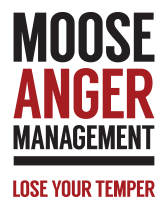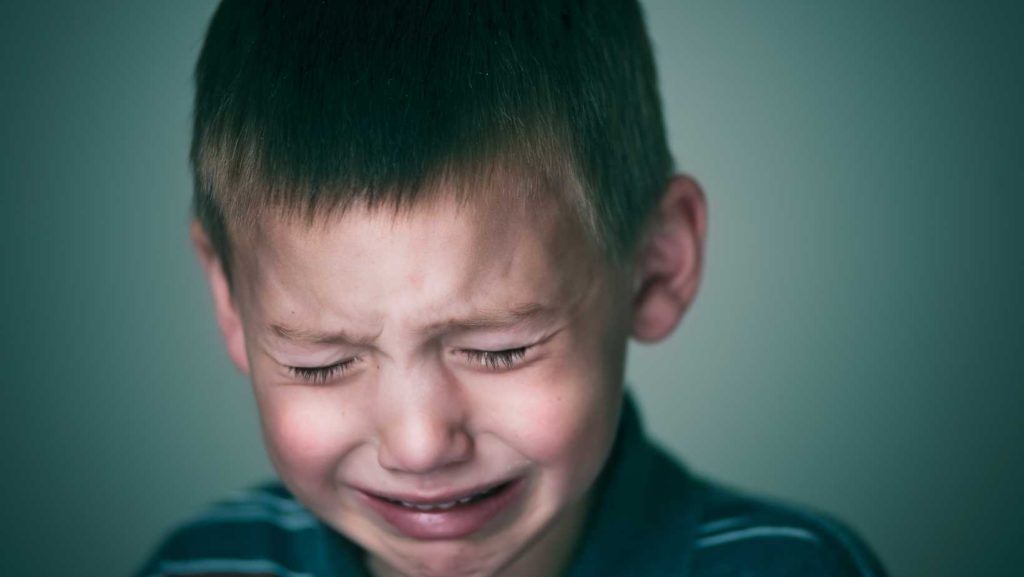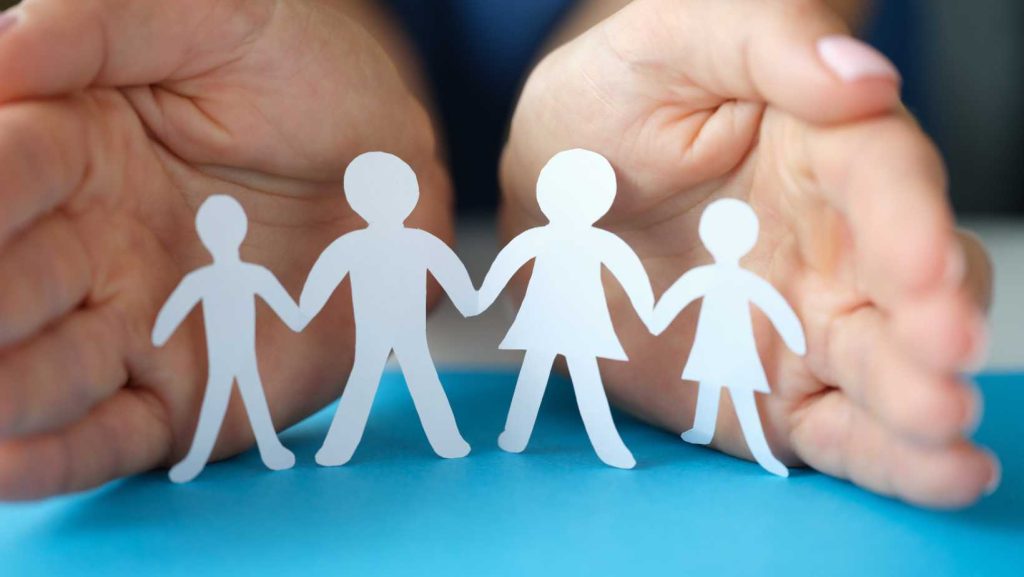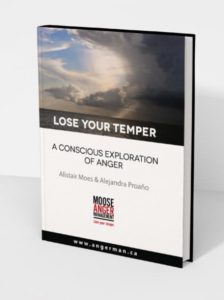The Hidden Impact of Emotional Neglect
How Early Emotional Neglect Shapes Our Lives and How We Heal
What happens when a baby cries and no one comes?
What happens when a little boy is told to “man up” and never show his tears?
What happens when anger, fear, and sadness are pushed so deep that we can no longer feel anything at all?
These aren’t just abstract questions, they are the invisible wounds so many of us carry through life. And their impact? It’s profound, far-reaching, and often misunderstood.
As an anger management specialist working with people worldwide, I’ve witnessed how early emotional neglect shapes our adult reactions and relationships.
Let me share what I’ve learned about healing these deep wounds.
It Starts in Infancy – The Power of Being Held
Let’s imagine you’re in pain, and you turn to a friend for comfort. But instead of support, they ignore you.
What would that feel like? You’d probably wonder,
“Do I matter to them? Am I lovable? Am I safe?”
This is the silent impact on a child who cries and is left alone.
We may not remember these moments, but our nervous systems do. When babies are not held, comforted, or responded to, their developing brains make unconscious assumptions:
I’m not worthy of love. The world is unsafe. I’m alone.
For decades, parenting advice pushed the idea that comforting a crying baby would “spoil” them. Influential voices like Dr. Benjamin Spock warned about the “tyranny of the baby” suggesting parents ignore cries and shut the door. Isolation was prescribed in place of connection.
But this approach couldn’t be more unnatural.
For nearly all of human history, children were raised in small, close-knit, communal groups. Babies were carried constantly, slept beside their parents, breastfed for years, and comforted at the first sign of distress. In some Indigenous cultures, babies weren’t even placed on the ground for the first two years, they were simply held. All the time.
Modern life has separated us from these instinctual practices. Stress, disconnection, and cultural myths have told parents to harden up, to make their children “independent” before they are developmentally ready.
And the cost? Deep emotional wounds that ripple through a child’s entire life.
“Boys Don’t Cry” Emotional Suppression Begins Early
The damage doesn’t stop in infancy.
For many boys, emotional suppression becomes the next wound. They’re taught early that sadness is weakness. Tears are shameful. Vulnerability is a threat to masculinity. “Be a man,” they’re told, before they even understand what that means.
So boys learn to shove their feelings down. They distract with anger, alcohol, or silence. They try to “tough it out.” But the pain doesn’t disappear, it just goes underground, hidden in plain sight, until one day, it explodes… or erodes them quietly from the inside.
Here’s the truth: emotions, when fully felt and expressed, don’t take over. Neuroscience shows that a healthy emotional response, if processed in a safe space, typically lasts only 90 seconds to three minutes. That’s all. A lifetime of suppression for three minutes of healing.
But our culture doesn’t teach men how to do this. It doesn’t teach them how to feel without shame. And so many grow into adults who can’t access the full spectrum of human emotion, not just sadness, but also joy, connection, and love.
When men learn to feel again, they come back to life.
The Fear of Anger and the Path to Healing
Anger is often the most misunderstood emotion, especially when it wasn’t safe to express in childhood.
Maybe someone in your home raged unpredictably. Maybe your own anger was punished. Either way, you learned one thing: anger is dangerous. So you buried it.
But anger doesn’t stay quiet. As adults, it can rise like a storm: hot in the chest, tense in the gut, tight in the jaw. Even if we “know better,” the body reacts before the brain can intervene. Or we freeze, overwhelmed by fear, shame, or the paralyzing sense of not knowing what to do.
This isn’t weakness. It’s trauma.
The unresolved emotions of childhood don’t go away with age. They wait, quietly, until we’re triggered. And unless we do the work to understand and heal, they continue to run the show.
That healing work can look like therapy. It can look like journaling. It can look like sitting in silence and asking your body, “What am I feeling? Where did this come from?”
With curiosity (not judgment), we begin to understand the emotions we’ve long feared. We learn to recognize their shapes, colors, and textures. We make space for them. And in doing so, we allow our adult selves to finally lead, instead of the scared child within.
Reclaiming Wholeness, One Emotion at a Time
All of these threads, the ignored infant, the tearless boy, the angry adult, are connected.
They stem from the same root: disconnection.
Disconnection from caregivers, from our own emotions, from community, and from the full expression of what it means to be human.
The good news: healing is possible.
We can reconnect.
We can choose to hold our children when they cry. We can teach boys that tears are a strength, not a weakness. We can feel our anger without shame. And we can stop running from the very emotions that make us whole.
This is not just personal work, it’s cultural repair.
Because when we start creating emotionally safe homes, families, and communities, we raise children who feel secure, men who can cry without fear, and adults who are no longer run by their pain.
We raise humans who are fully alive.
Ready to Begin Your Healing Journey?
Understanding emotional neglect is the first step. If you’re ready to transform your relationship with anger and reclaim your emotional wellbeing, Moose Anger Management can help. Our experienced counselors specialize in helping you overcome childhood emotional patterns and develop healthier ways to express and manage their emotions.
Take the first step today:
- Call us for a confidential consultation
- Join our supportive group sessions
- Access our specialized one-on-one counseling
Contact Moose Anger Management at 604-723-5134 or email us for more info@angerman.ca.
Your path to emotional freedom starts here.






